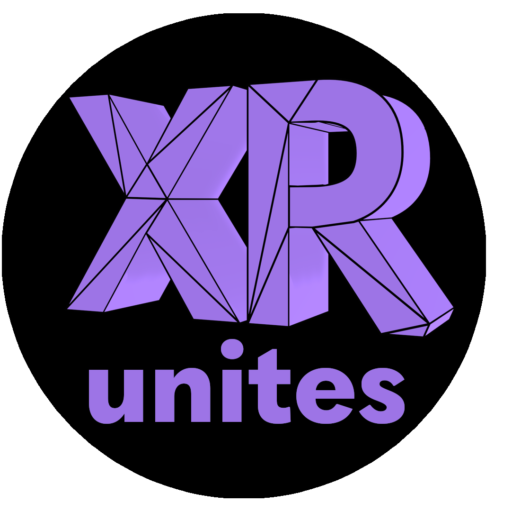The development with the VFX graph is part of our digital media production. In TRANSIENT EXPOSURE, the graph is combined with Kinect recordings of the dancer Thaji Chitrasena. It is a powerful free tool from Unity that is quite easy to learn even if you are not a computer scientist – especially if you have previous knowledge of software like Blender or Bolt, because the VFX graph is also based on nodes. That means you don’t have to work with code – instead, the user interface shows blocks (nodes) that can be connected to each other via edges. And what’s the point of all this?
As a depth camera, the Kinect generates data that are not visible at first. The VFX graph, on the other hand, consists of a visual particle system that can be edited via the nodes, e.g. in their shape, color or number of particles. This creates an effect through which the Kinect data can be made visible – e.g. via a pixel cloud.
An avatar serves as the medium between the VFX graph and the Kinect data: It is synchronized with both the Kinect data and the particle system of the VFX graph. To let the effect resemble the dancer in the end, the avatar still has to be edited so that its anatomy roughly corresponds to that of Thaji.

